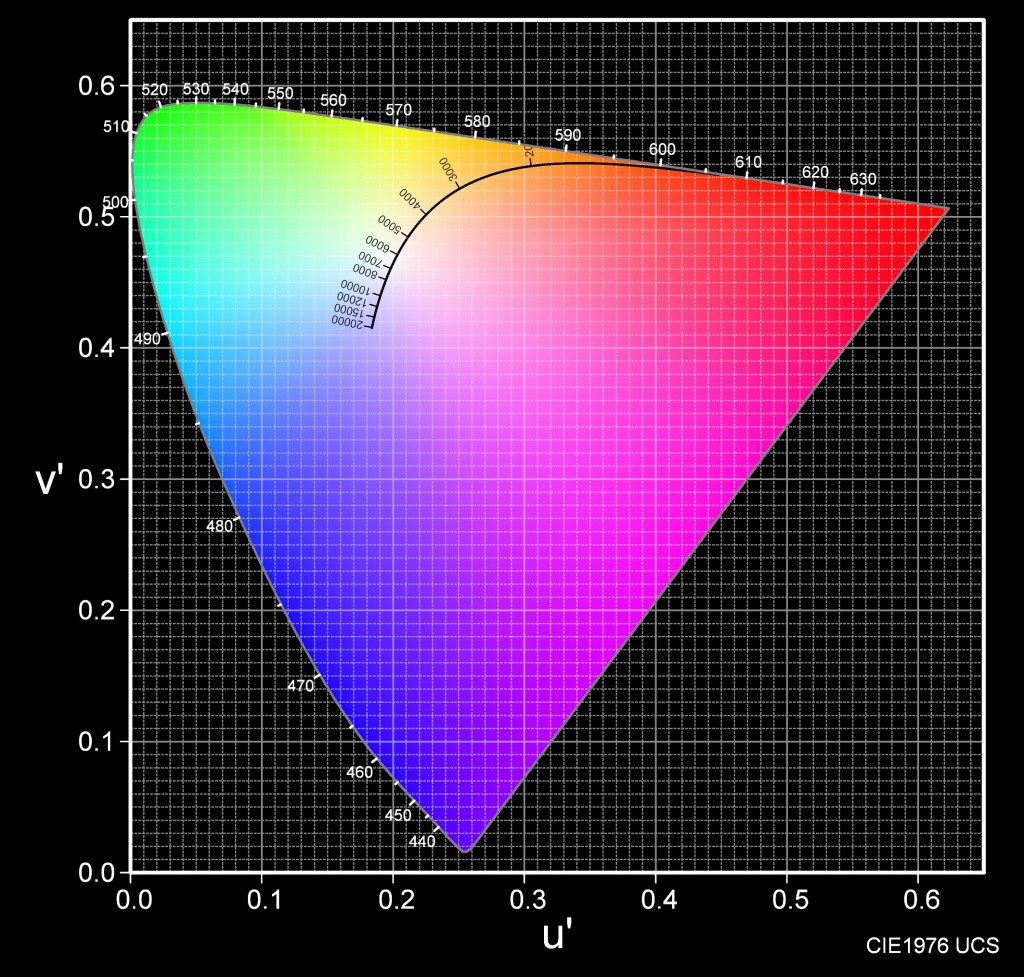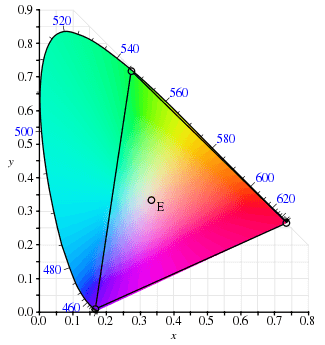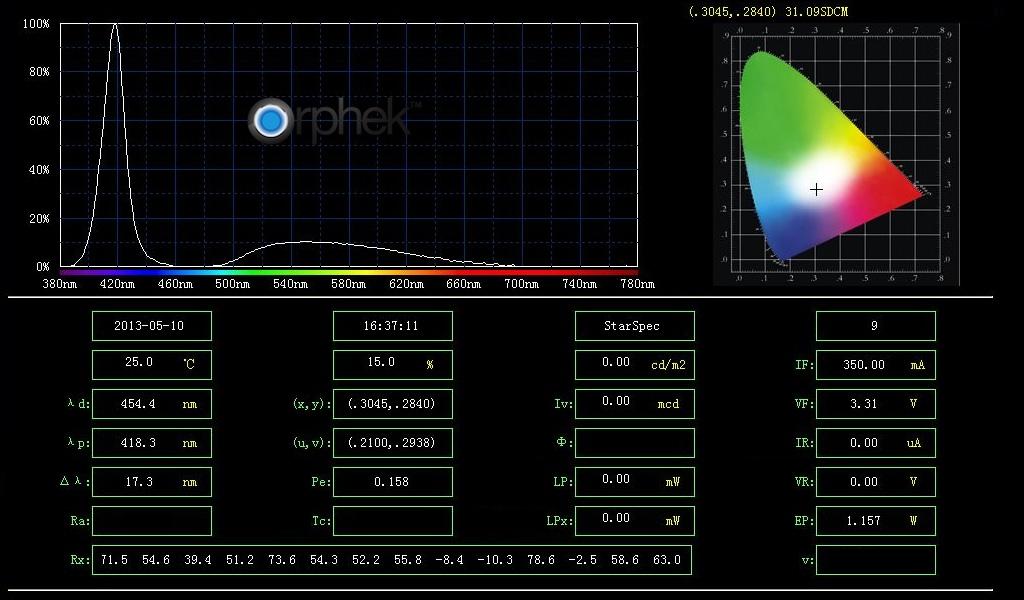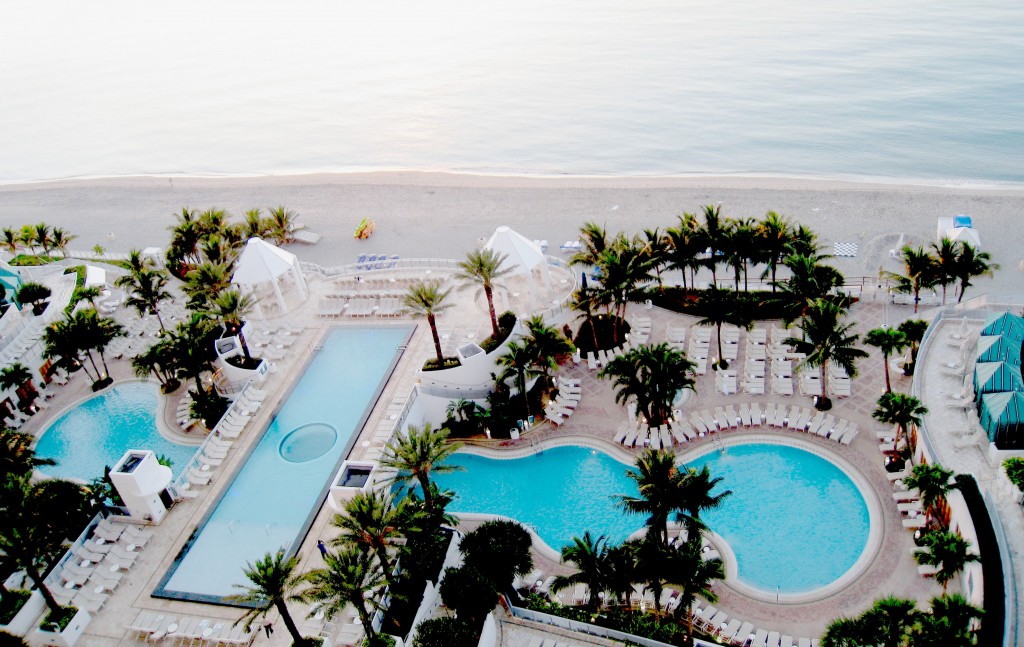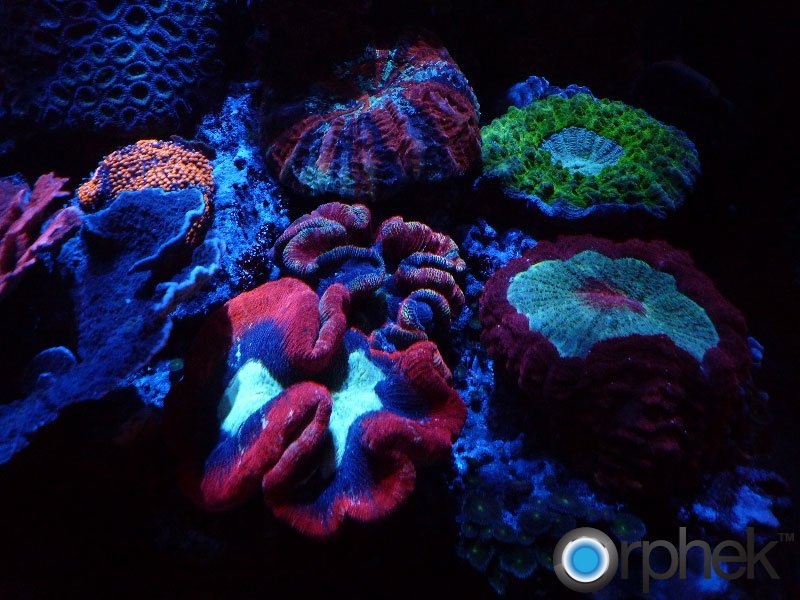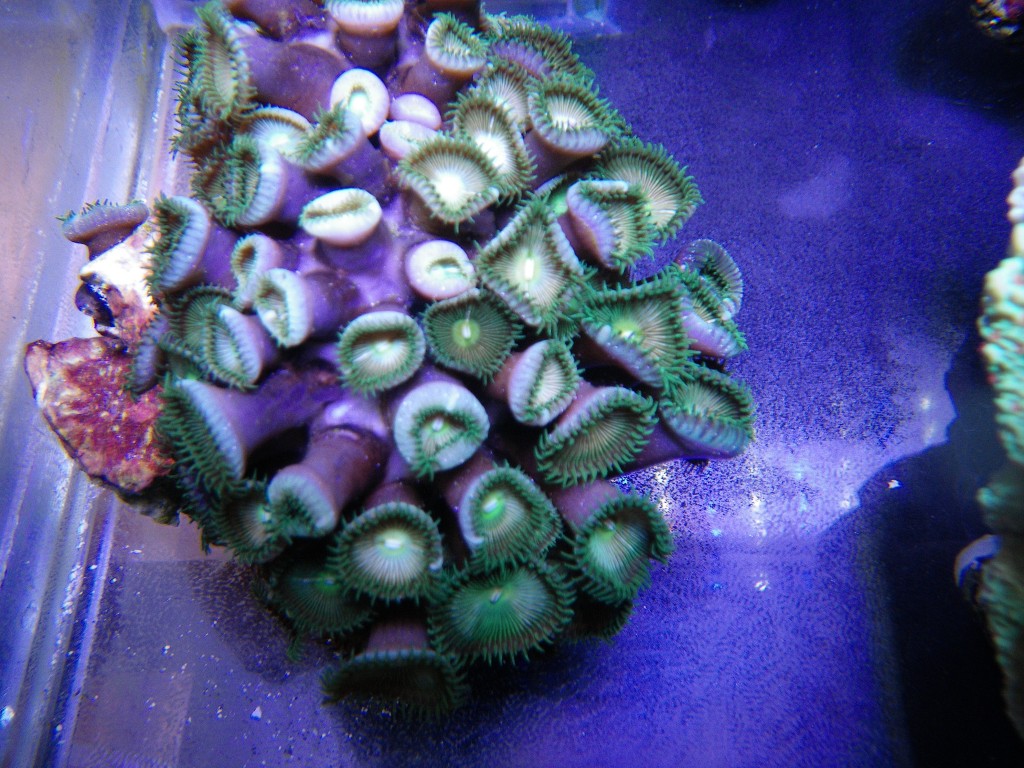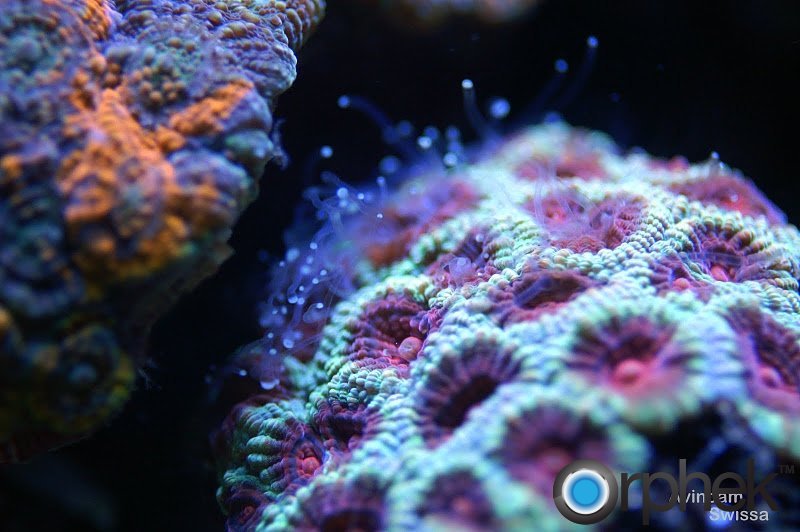MAGNESIUM (Mg) AND ITS ROLE IN THE REEF AQUARIUM
Magnesium ranks fifth of the eight major elements in seawater while the remaining elements are considered trace elements. The chart below will obviously explain the importance of magnesium supplements in our marine aquariums, whether it be reef or fish only.
at 3.5% salinity
Element
Hydrogen H2O
Oxygen H2O
Sodium NaCl
Chlorine NaCl
Magnesium Mg
Sulfur S
Potassium K
Calcium Ca
Bromine Br | At.weight
1.00797
15.9994
22.9898
35.453
24.312
32.064
39.102
40.08
79.909 | ppm
110,000
883,000
10,800
19,400
1,290
904
392
411
67.3 | | Element
Molybdenum Mo
Ruthenium Ru
Rhodium Rh
Palladium Pd
Argentum (silver) Ag
Cadmium Cd
Indium In
Stannum (tin) Sn
Antimony Sb | At.weight
0.09594
101.07
102.905
106.4
107.870
112.4
114.82
118.69
121.75 | ppm
0.01
0.0000007
.
.
0.00028
0.00011
.
0.00081
0.00033 |
Helium He
Lithium Li
Beryllium Be
Boron B
Carbon C
Nitrogen ion
Fluorine F
Neon Ne
Aluminium Al
Silicon Si
Phosphorus P
Argon Ar
Scandium Sc
Titanium Ti
Vanadium V
Chromium Cr
Manganese Mn
Ferrum (Iron) Fe
Cobalt Co
Nickel Ni | 4.0026
6.939
9.0133
10.811
12.011
14.007
18.998
20.183
26.982
28.086
30.974
39.948
44.956
47.90
50.942
51.996
54.938
55.847
58.933
58.71 | 0.0000072
0.170
0.0000006
4.450
28.0
15.5
13
0.00012
0.001
2.9
0.088
0.450
<0.000004
0.001
0.0019
0.0002
0.0004
0.0034
0.00039
0.0066 | | Tellurium Te
Iodine I
Xenon Xe
Cesium Cs
Barium Ba
Lanthanum La
Cerium Ce
Praesodymium Pr
Neodymium Nd
Samarium Sm
Europium Eu
Gadolinium Gd
Terbium Tb
Dysprosium Dy
Holmium Ho
Erbium Er
Thulium Tm
Ytterbium Yb
Lutetium Lu
Hafnium Hf | 127.6
166.904
131.30
132.905
137.34
138.91
140.12
140.907
144.24
150.35
151.96
157.25
158.924
162.50
164.930
167.26
168.934
173.04
174.97
178.49 | .
0.064
0.000047
0.0003
0.021
0.0000029
0.0000012
0.00000064
0.0000028
0.00000045
0.0000013
0.0000007
0.00000014
0.00000091
0.00000022
0.00000087
0.00000017
0.00000082
0.00000015
<0.000008 |
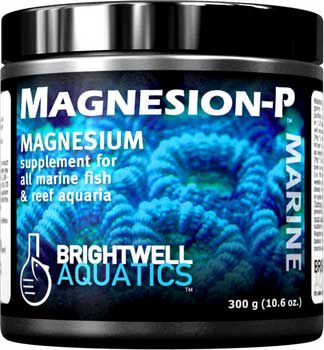
Science/Rationale/Use
In addition to magnesium’s biological functions, especially in the skeleton forming process of stony corals and other invertebrates, it also plays a significant role in preventing excessive precipitation of calcium and bicarbonate. Depleted levels of magnesium (under 800ppm) can cause low pH and an inability to maintain proper calcium levels.
How much magnesium do corals (and Coralline algae for that matter) absorb?
Farley states that corals in the ocean can incorporate between 0.1% and 3.5% by weight. Coralline algae also incorporates a considerable amount, typically more than 1%, and as high as 4.4% by weight. There are few data on coral skeletons in aquaria, but the magnesium content is not expected to be significantly different from this range. (Randy Holmes-Farley, Ph.D.)
Hopefully, this will explain why magnesium dosing is just as important as calcium dosing in reef aquariums because without maintaining magnesium level at the proper level, the calcium availability will suffer along with your calcium loving invertebrates. It is interesting to note that some medications used to treat some human diseases such as Osteoporosis contain calcium, and it is interesting to note that magnesium in these medications are at the same 3 to 1 ratio.
Dosing
Magnesium and calcium should be kept at a 3 to 1 ratio, much the same as found on the reefs. Low magnesium can have an adverse effect on an animal’s ability to absorb available calcium. If kept in balance, 420ppm of calcium and 1280ppm of magnesium, the entire 420ppm of calcium will be available to calcium loving animals. Should the magnesium levels lower, so will the available calcium even if it does measure 420ppm with your test kit. An example would be that with 640ppm of magnesium available, only 210ppm of calcium would be available to the animals to absorb. Whatever you choose to keep your calcium level at, multiply this by three to find the amount of magnesium needed to make your entire level of calcium available. By the same token, dividing the magnesium level by three will give you the amount of calcium available to the animals providing the calcium is maintained at 400-420ppm.
Most systems will require small doses two to three times per week depending on the density of your stony coral population.
There are some manufacturers that add magnesium to their calcium supplements. Seachem adds magnesium to Reef Complete and Reef Advantage Calcium, but not to their other calcium products. Testing will be required to determine if there is enough magnesium present in these products to satisfy the magnesium level in your system.
Always choose supplements from reputable manufacturers to ensure that the purity of the product is maintained. If one brand is markedly cheaper than another, beware.
Testing/Test Kits
Initially, frequent magnesium testing should be carried out until you can determine the dose amount and frequency of dosing. Most, if not all test kits for magnesium will use the titration method which will give accurate enough readings for our purpose. The average shelf life for reagents is generally a year and most manufacturers will have a manufacturing date stamped somewhere on the box. For this reason it is better to purchase your test kits from a source that has a high turnover rate which will ensure freshness of the reagents. There are many good magnesium test kits available, and again, buy from a reputable manufacturer. Salifert, Seachem, and the newer Red Sea Pro Test Kits are all very good kits.
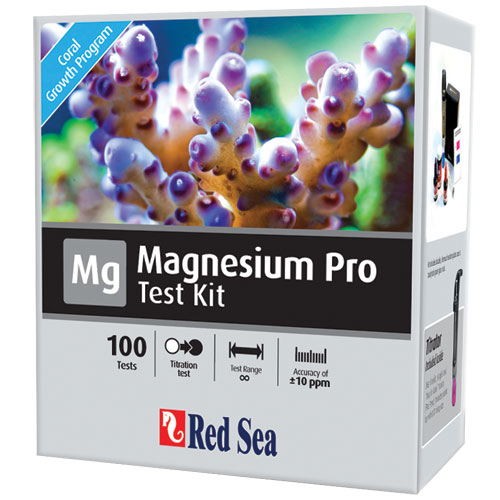 Other Sources of Magnesium Supplements
Other Sources of Magnesium Supplements
Epsom salts (USP grade magnesium sulfate heptaydrate) has been and is being used by some aquarists because it is fairly inexpensive and readily available in drug stores. The problem with using Epsom salts is that if this product is used to raise magnesium by a significant amount, the water would be enriched with sulphate so do not consider this as an ideal long term supplement.
Another DIY supplement to avoid is magnesium chloride commonly sold as deicer and labeled as MAG Flake. Quality levels of this product are not maintained by the manufacturer close enough for use in our aquariums. They sometimes contain ammonia which is something we definitely do not want in our systems.
Interactions/Troubles/Fixing
Kalkwasser dosing is one of the main causes of magnesium deficiency as it precipitates magnesium as magnesium hydroxide while an abundance of carbonates precipitate it as magnesium carbonate (Farley). In either of the above cases, this means that the magnesium which has precipitated is no longer available to the animals, at least for quite some time as magnesium hydroxide will never redissolve and magnesium carbonate will take an appreciable amount of time before it will go back into solution and be available to the animals. It should be noted here that keeping dKH levels in the 7dKH range will help prevent precipitation of magnesium in the form of magnesium carbonate. Kalkwasser dosing should be carried out with a very slow drip rate to minimize magnesium precipitation.
If your calcium and magnesium parameters are maintained and you feel your corals are not growing well, the culprit may be extended use of chelated calcium supplements. Chelated calcium has a tendency to bond making it more difficult to take out of solution or be absorbed by the corals. Most, if not all liquid calcium supplements are of the chelated form. It is a good idea to read the makeup of the calcium supplement before purchasing so you will know which form of calcium is being used in the product. If this is not present on the label, you may want to contact the manufacturer regarding the type of calcium that is used.
Low magnesium concentrations will not affect the calcium readings on test kits but will affect the calcium absorption process of corals and other calcium loving animals.
Significantly high magnesium levels can have potentially detrimental biological effects on some animals. Weekly magnesium testing should be carried out to prevent this from occurring.
